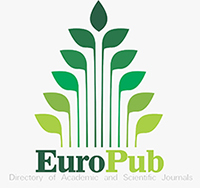Evaluatıon of SARS-COV-2 total antibodies after two doses of Coronavac ın healthcare workers: retrospective and observational study
post-vaccination antibody levels
DOI:
https://doi.org/10.5281/zenodo.6965986Keywords:
Antibody level, CoronaVac, Healthcare workers, Immunization, VaccinationAbstract
Objevtive: During the pandemic process, physical distance, quarantine and isolation measures have been effective in limiting the number of infected people in the short term. However, special drugs and vaccines are required to be effective in the treatment and protection of COVID-19. In our study, it was aimed to compare antibody levels after inactivated Coronavac vaccine.
MethodsOur study included those who received 2 doses of CoronaVac vaccine from our hospital's healthcare workers. Blood antibody levels measured 4 weeks after the second dose of vaccine were compared according to age, gender, and units studied. Our study is a retrospective and observational study.
Results: A total of 491 healthcare employees were included in the study. Although no significant relations were detected between the total antibody levels, age, and gender, the antibody levels were significantly higher in those who had COVID-19 infection (P < 0.001). The antibody levels of the healthcare employees who worked and who did not work at risky units and who had COVID-19 infection were higher at statistically significant levels than those who did not (P < 0.001)
Conclusions: The findings in our study showed that natural immunity supported by vaccination is more valuable than acquired immunity in terms of COVID-19.
Downloads
Downloads
Published
How to Cite
Issue
Section
License
Copyright (c) 2022 Chronicles of Precision Medical Researchers

This work is licensed under a Creative Commons Attribution-NonCommercial-ShareAlike 4.0 International License.






